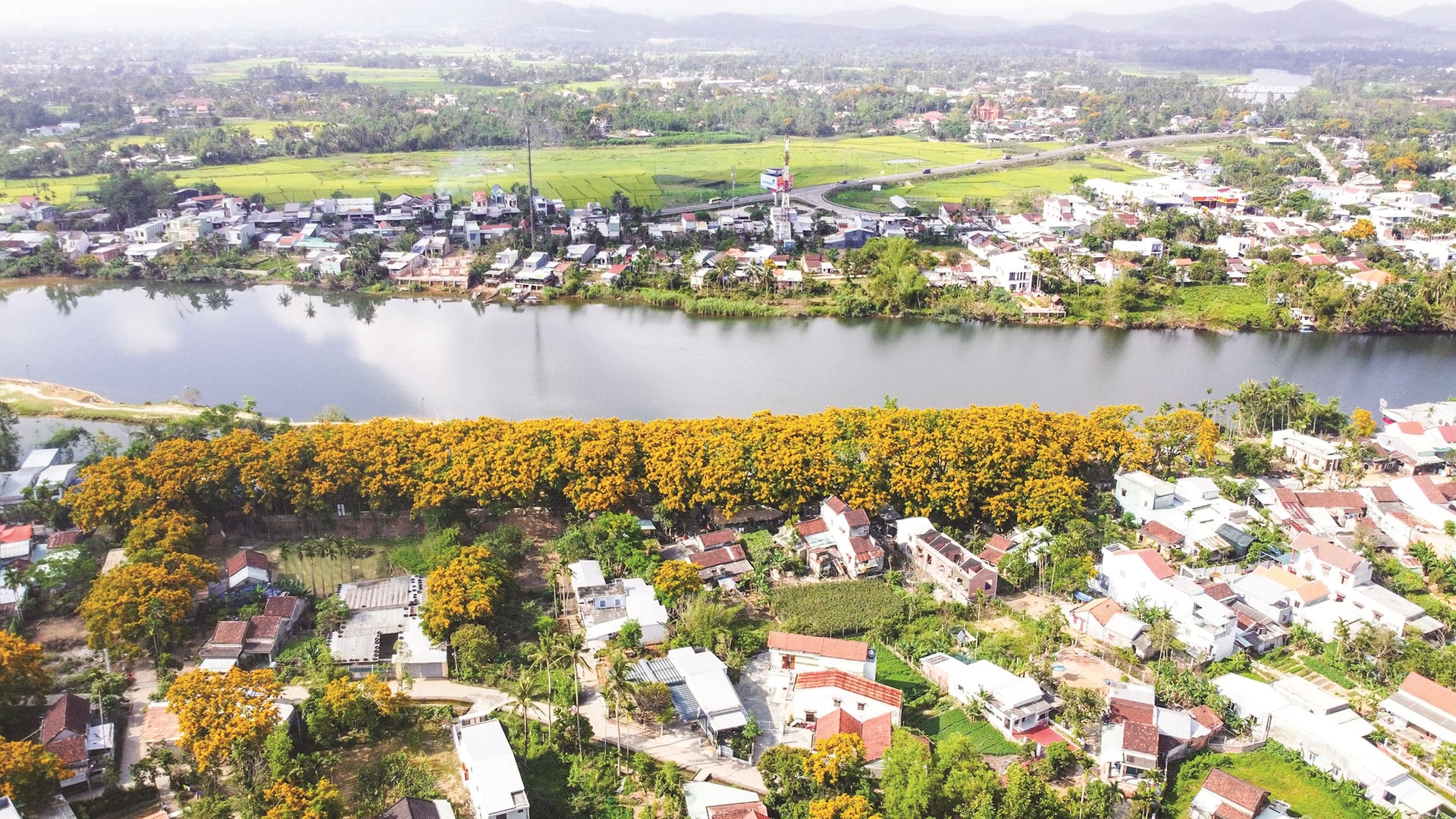
Since then, nearly 100 articles introducing "ancient villages through ancient documents" signed by the pen name Phu Binh have been compiled and sent to readers by the editorial office - in which, some vestiges of some ancient villages in the southern Quang Nam region that are not known to many people have been recorded.
Picking up “gold” from field trips
In the area on both sides of the Ben Van River in the southernmost region of the old Quang Nam province, I passed through the villages of Binh An Trung, Van Trai, Tich An Tay, Tho Khuong, Diem Dien, An Hoa. From there, I outlined some highlights of the relics and scenic spots of Ao Vuong, An Hoa lagoon, Nam Van station, the tomb of general Tran Dang Long and especially the An Tan ferry near the Diem Dien River - the place where a hero who fought against the French died in 1913 (Mr. Tran Xan - from Huong Tra hamlet, Tam Ky commune).
I crossed both sides of the Tien Qua River - where Ong Bo Bridge crosses - to study the land register established in 1807 of Sung My village on the south bank; then crossed to the north bank to introduce Diem Pho market (Cay Tram market). Also in this area, I accessed many ancient documents and discovered four poems carved on wooden walls with the handwriting of poet Ha Dinh Nguyen Thuat - a talented Quang Nam poet during the Nguyen Dynasty.
To the south of Bau Bau River, I explored the relics in Duc Bo village - where there was a famous copper mine during the Nguyen Dynasty. To the north of the river, there is the tomb of Admiral Dong Cong Truong (Tay Son Dynasty) in Thach Kieu village, looking for traces of the famous Cham stone bridge in the poem "Thach Kieu stone bridge still remains here" by Mrs. Ta Quang Diem (mother of Professor Ta Quang Buu).
Then, going to the next village of Bich Ngo, I discovered a very interesting poem on a tombstone about the land opening of Tam Ky residents from the North "Since the arrival in Quang Nam dinh...". At the same time, I learned that the name of Bich Ngo village was translated from the name "Cay Vong" and the name of Bong Mieu village originated from the name "Cay Bong" and recorded many legends related to gold mining in these two localities.
The Tam Ky River is a small stream that flows to the end of Huong Tra hamlet, Tam Ky village and Phu Binh hamlet, Phu Hung village, turning into two branches in the north and south to form the famous Tam Ky River junction. On the south bank are the tombs of four ancestors Nguyen, Tran, Le, Do, all buried in the land named Tra Be, Ba Lay, Tra Phe, next to Bau Du - a famous archaeological site later. Next to that, there is Tich An Dong village - a famous boat-building village during the Nguyen Dynasty - which still preserves a rich collection of Chinese documents about the village's history spanning from the Gia Long period to almost the end of the Nguyen Dynasty.
Tell the story of your hometown
Following two almost parallel streams, the Truong Giang and Ban Thach - Quang Phu, I surveyed ancient relics in the villages of Phu Quy Ha, Hoa Thanh, Tinh Thuy, Phu Quy Thuong, Quang Phu, Kim Doi, Phu Thanh... Through that, I discovered many remarkable relics and documents in Chinese - especially a document from the early 17th century telling about the first events when residents from Thanh Hoa came to the Dong Tam Ky region to build a career. Also in this coastal area, I discovered many documents about the Nguyen Dynasty naval officers who contributed to protecting the coast from Quang Binh to the An Hoa estuary, Quang Nam.
From the old Chien Dan lagoon (now Bai Say - Dam River), I went up to the villages of An Ha, Ban Thach, Duong An, Tam Ky, My Thach, Phuong Hoa, Chien Dan, Tu Trang... Through relics and documents on the field, I learned that this area was the administrative center of the old Ha Dong district. At the same time, I discovered an important genealogy of the Ung clan, recording the name of the clan's ancestor, Xa La Cay, 21, 22 generations before the current descendants of the Ung clan (early 21st century).
From the old Ha Dong district headquarters, I went up to the villages of Phu Tra, Phu Xuan Trung, Khanh Tho, Duong Dan, Tan An... then followed the remains of a stone rampart built from the beginning of the Nguyen Dynasty to the villages of Lam Mon, Lai Cach, Dai Dong, Cam Khe, Truong Thanh, An Trang and stopped at Tay Loc village - the hometown of Phan Chau Trinh - before passing through the villages in the south of the old Le Duong district (now Thang Binh district).
In this area, I encountered many remarkable relics and documents such as a genealogy recording the names of two generals of the Tay Son period, Le Van Thu and Le Van Long; a stele with an inscription telling about the time when the wife of a military officer guarding the An Hoa seaport during the Tay Son period wandered to Quy Nhon, or the rich stories of Phan descendants about the childhood of patriot Phan Chau Trinh...
In the Thang Binh region, I went to the villages of Phu Hoa, Dich Thai, Tuan Duong, An Thai, Tra Long, Pho Thi, Tra Son... to learn through the existing documents about the legend of Mrs. Pho Thi, about Tra Luong communal house (due to a misreading of the name Tra Long), about the patriots who participated in the Can Vuong Uprising 1885 - 1886, about the successful Confucian scholars, including Mr. Nguyen Ba Tue - the first person to pass the doctoral exam in southern Quang Nam.
Compared to more than 400 communes, villages, and wards in the two districts of Le Duong and Ha Dong of Thang Binh prefecture at the end of the 19th century, which were listed in the book “Dong Khanh Dia Du Chi” of the National History Institute of the Nguyen Dynasty, the old villages and communes I have been to are only about one-tenth; but in that one-tenth, I have collected so much new knowledge - never before published - about the land and people in the ancient Southern Quang Nam region.
And from the field trips of an old man who loves his homeland, documents about the land and people of Quang Nam kept filling up, little by little...
Source: https://baoquangnam.vn/muoi-nam-qua-nhung-ten-lang-3157156.html


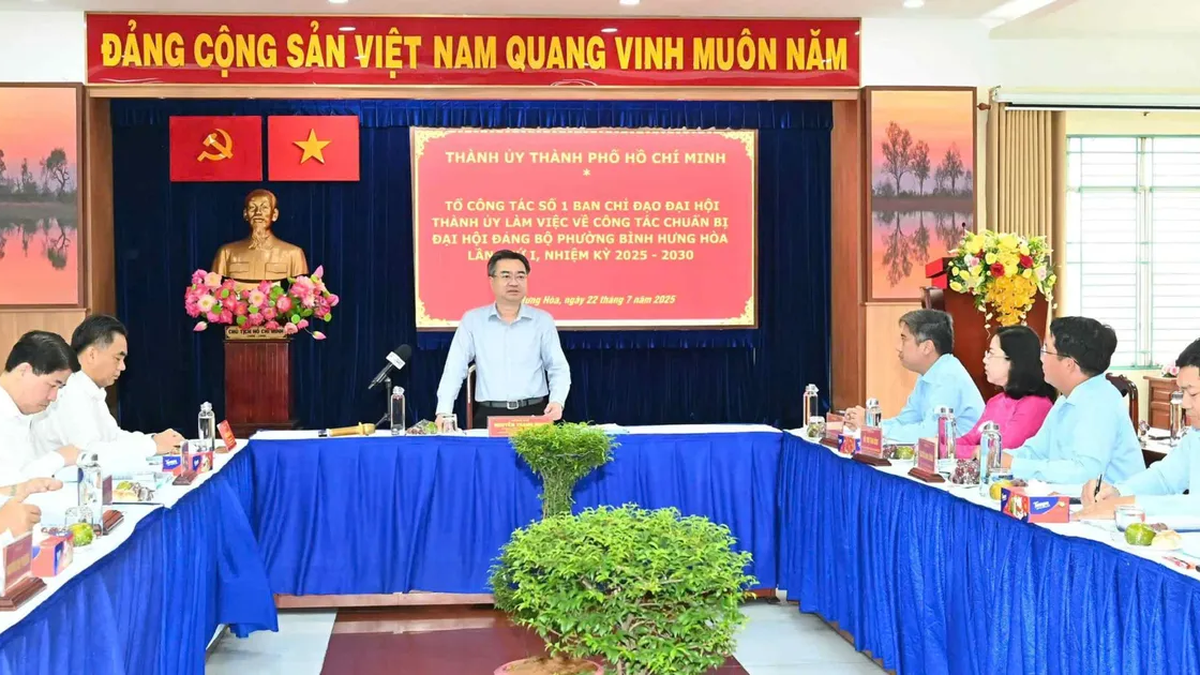
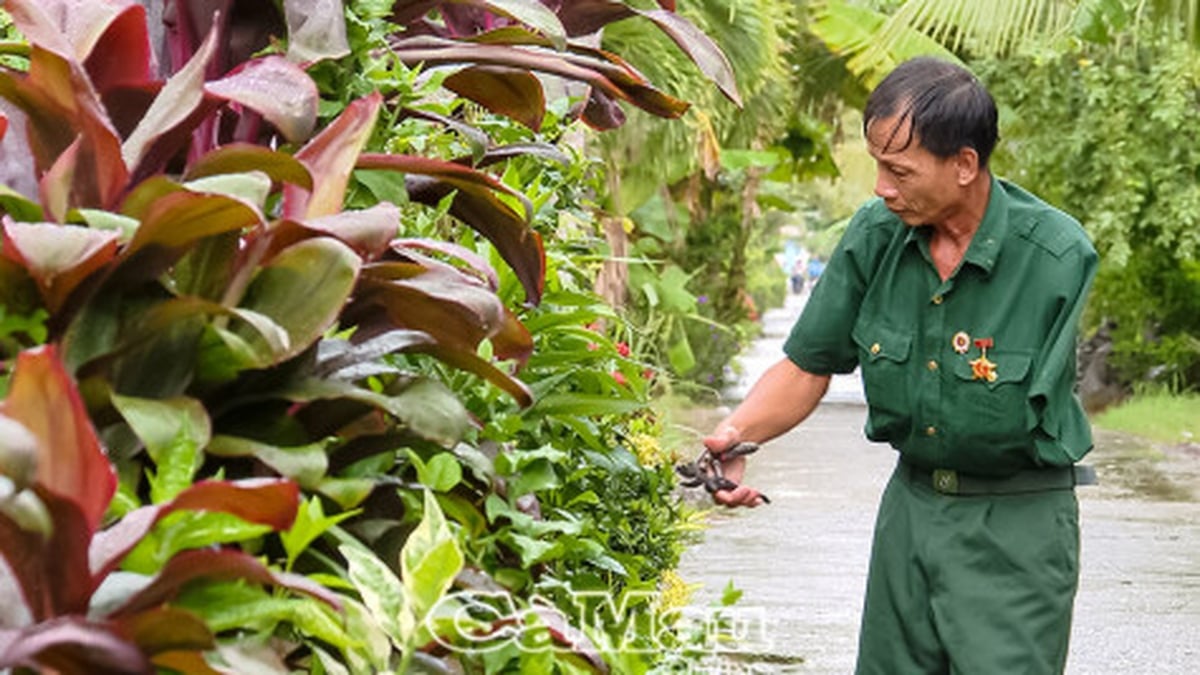
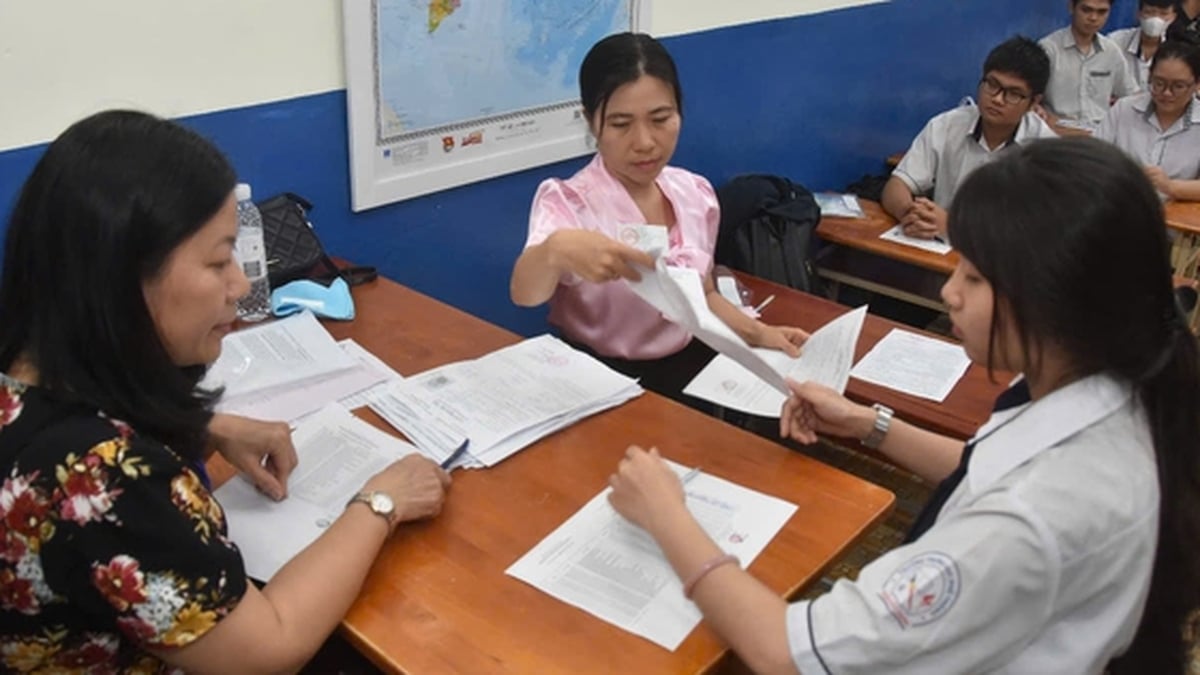

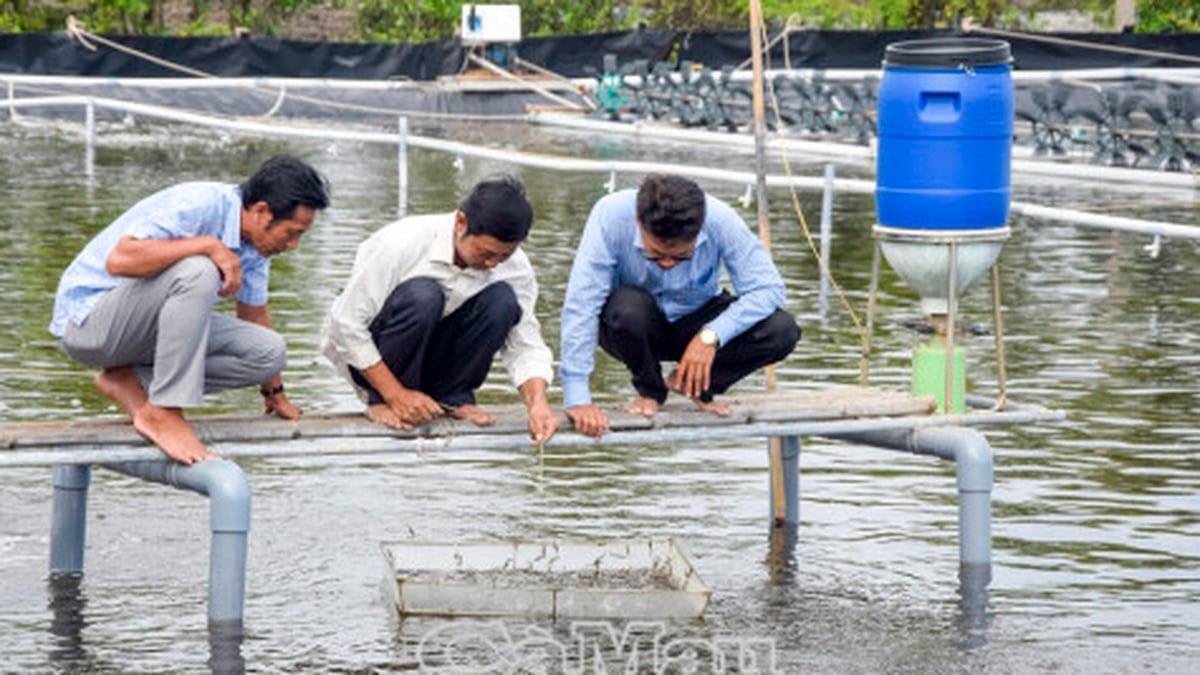

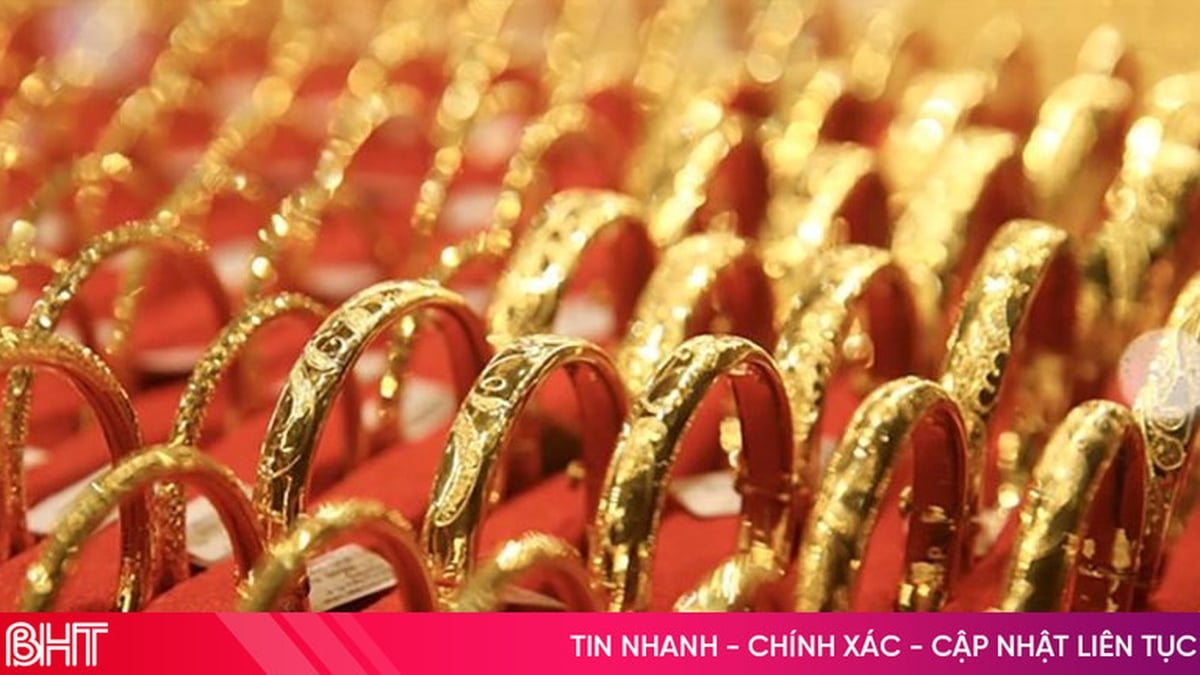



















![[Photo] Nghe An: Provincial Road 543D seriously eroded due to floods](https://vphoto.vietnam.vn/thumb/1200x675/vietnam/resource/IMAGE/2025/8/5/5759d3837c26428799f6d929fa274493)



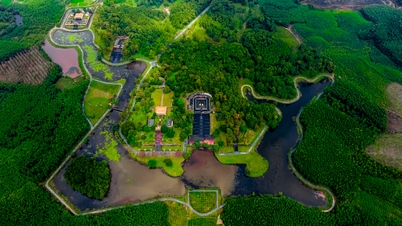



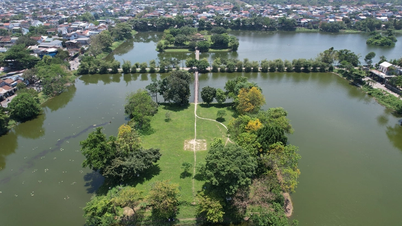
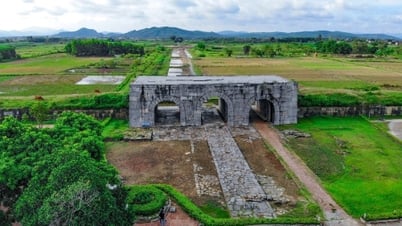

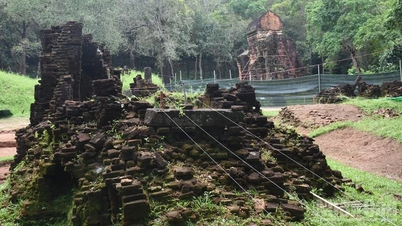

















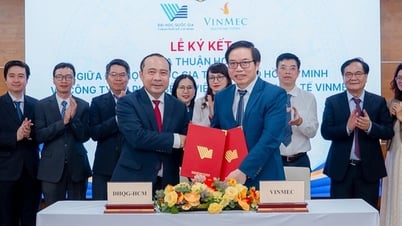

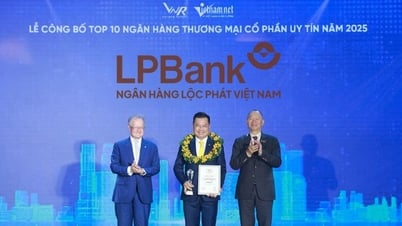
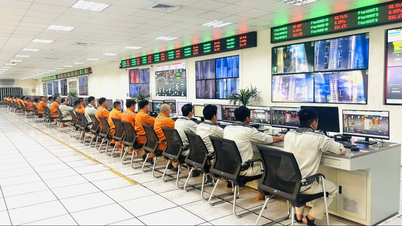
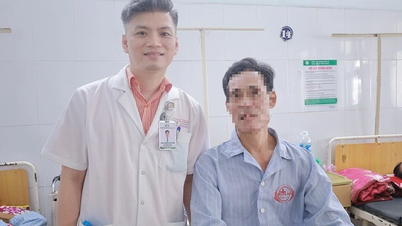
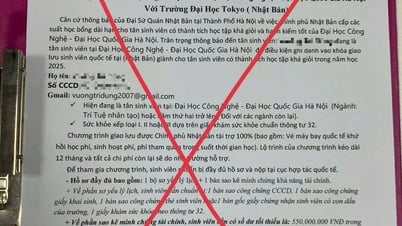








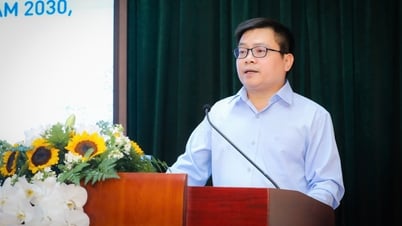

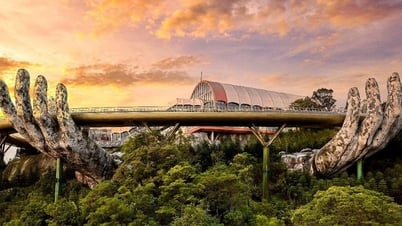
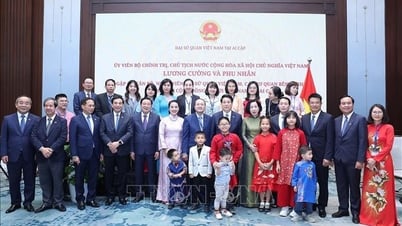

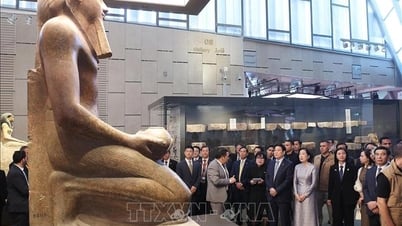






















Comment (0)